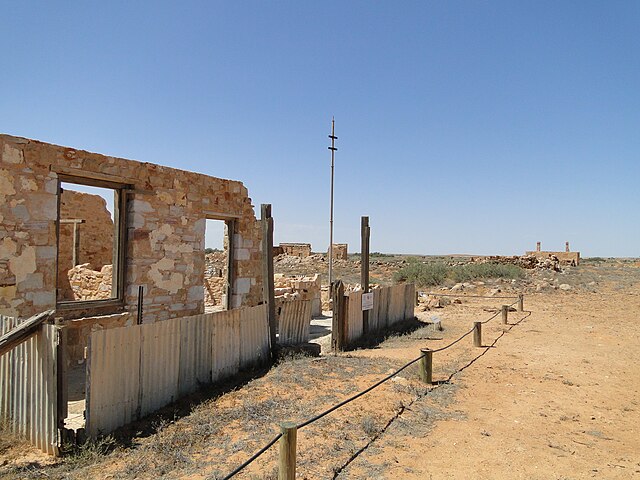
Climate Ghost Cities in the U.S.: A Looming Crisis
May 24, 2025 UncategorizedAs climate change accelerates, a new and unsettling phenomenon is emerging across the United States: the rise of “climate ghost cities.” These are communities experiencing significant population decline due to environmental factors such as rising sea levels, extreme weather events, and prolonged droughts. A recent study published in Nature Cities projects that by 2100, up to 64% of U.S. cities could face depopulation, with some losing as much as 12 to 23 percent of their current populations
Key Drivers of Climate-Induced Depopulation
- Sea-Level Rise and Coastal Erosion: Coastal cities are particularly vulnerable to rising sea levels. For instance, New Orleans and Miami are experiencing increasing flood risks, leading to property damage and displacement. In some areas, residents are already relocating due to the encroaching waters.
- Extreme Weather Events: Hurricanes, wildfires, and heatwaves are becoming more frequent and severe. Cities like Houston and Phoenix are grappling with the aftermath of such events, which not only cause immediate destruction but also deter potential residents and investors.
- Drought and Water Scarcity: Regions dependent on agriculture and water-intensive industries are facing challenges. The Central Valley in California, for example, is experiencing reduced water availability, impacting both the local economy and population retention.
Cities at Risk

Several cities are already showing signs of becoming climate ghost towns:
- New Orleans, Louisiana: Persistent flooding and sinking land have led to population decline.
- Miami, Florida: Regular flooding and rising insurance costs are pushing residents away.
- Phoenix, Arizona: Extreme heat and water shortages are making living conditions increasingly difficult.
- Detroit, Michigan: Economic decline, compounded by climate challenges, has led to significant depopulation.
Implications for the Future
The potential for widespread depopulation poses several challenges:
- Economic Decline: As populations shrink, local economies may falter, leading to reduced tax revenues and diminished public services.
- Infrastructure Decay: Abandoned properties and infrastructure can deteriorate, leading to increased maintenance costs and safety concerns.
- Social Displacement: Communities may face cultural and social upheaval as residents are forced to relocate, leading to loss of heritage and community ties.
Mitigation and Adaptation Strategies
To combat the rise of climate ghost cities, several strategies can be implemented:

- Resilient Infrastructure: Investing in flood defenses, wildfire barriers, and heat-resistant buildings can help protect communities.
- Sustainable Urban Planning: Developing cities with green spaces, efficient water management, and renewable energy sources can reduce environmental impact.
- Community Relocation Plans: For areas deemed uninhabitable, organized relocation efforts can ensure residents are moved safely and equitably.
- Policy and Legislation: Governments can enact policies that incentivize climate resilience and penalize environmentally harmful practices.
Conclusion
The emergence of climate ghost cities is a stark reminder of the urgent need to address climate change. Without proactive measures, many communities across the U.S. may face the grim reality of becoming abandoned relics of a past era. It is imperative that local, state, and federal governments collaborate with communities to implement strategies that will ensure the survival and prosperity of cities in the face of a changing climate.
